




Welcome to Foundation Stage at Safa British School – a vibrant, happy part of the school which plants the seeds for lifelong learning and comprises of:
The Early Years Foundation Stage (EYFS) is a pivotal stage in a child’s life as it lays the foundations for future learning. A child’s experience in the Early Years should be happy, active, exciting, fun, and secure, an environment where children are happy to explore and take risks. The early years’ experience should support their development, care and learning needs.
Each aspect of learning in this stage of children’s development and development has been considered in the light of our understanding of how young children learn and develop. Alongside our core vision to unlock the potential of every child we provide our children with access to the widest range of opportunities by fostering self-belief, intellectual curiosity, empathy and responsibility towards each other and others in society.
Learning is a journey and our passionate, caring teachers endeavour to ensure that your children develop in a caring, friendly, exciting, and stimulating environment. Effective partnerships with parents, our highly effective and passionate team of teachers ensure that our Foundation Stage learners have a wonderful start to their learning journey. As the Head of Foundation Stage, I would like to welcome you all to our Safa Family.
Find the Joy in Learning

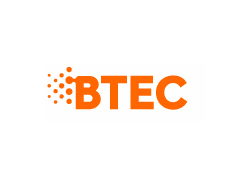



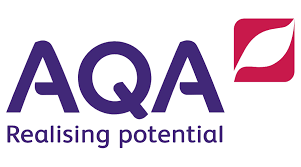
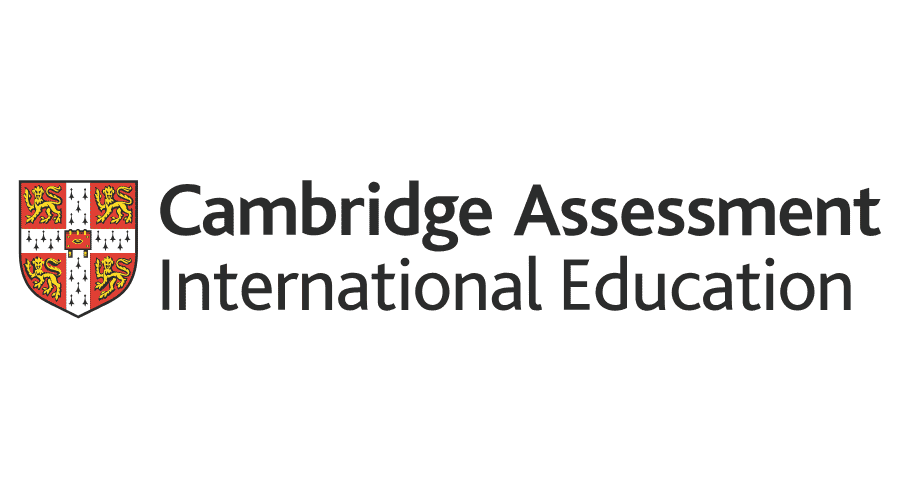

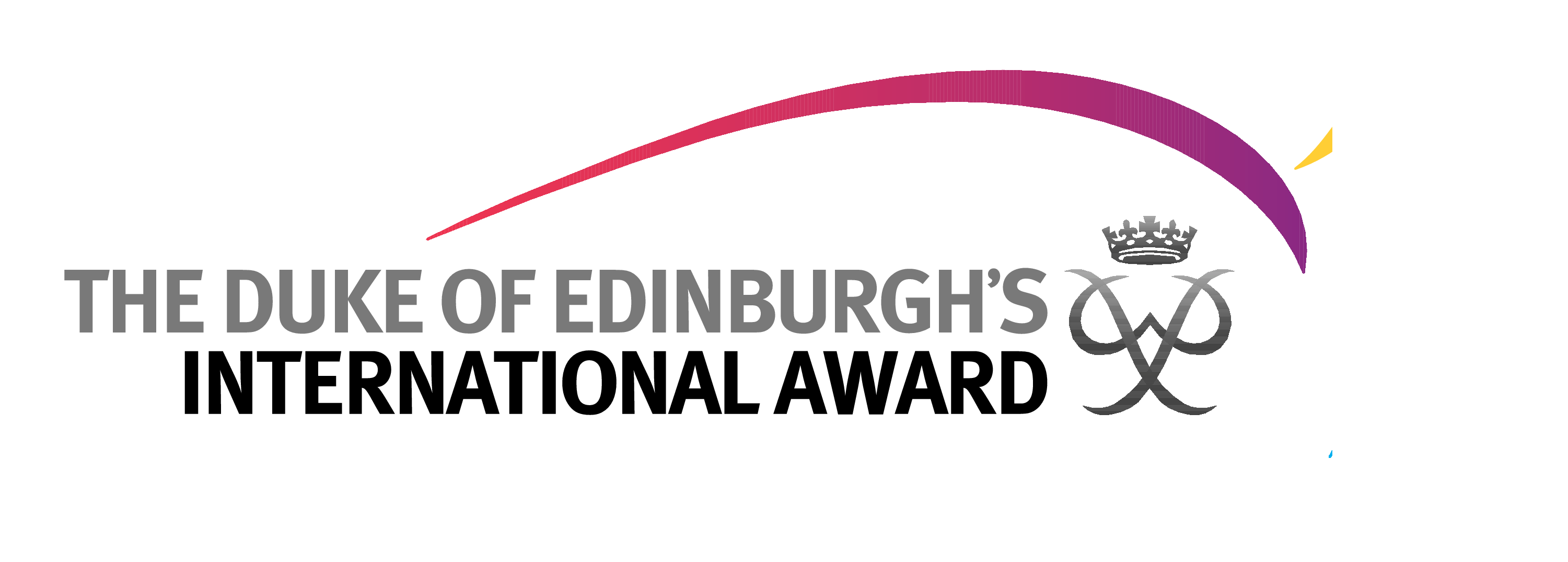

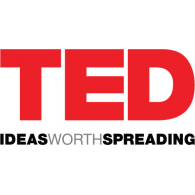
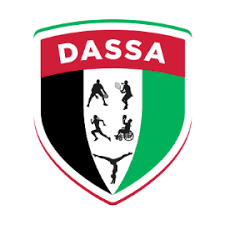


At Safa British School we believe that the Early Years Foundation Stage is the phase of learning when children discover the excitement and joy of learning and acquire life skills that will support them as they move through school and beyond.
Our aim is that FS1 and FS2, with the well-planned indoor and outdoor learning environments, encourage the children in acquiring skills, attitudes and developing levels of understanding that will help them as they strive to reach their potential and become confident, active members of our school community and the UAE. It is through this process that the children will work towards, achieve, and exceed the Early Learning Goals at the end of Foundation 2.
At SBS, children begin their love of learning through “Finding the Joy in Learning”. Our enhanced indoor and outdoor environments inspire children to explore and discover. Each classroom has access to its own outdoor balconies that are accessible throughout the day. The children are based predominantly with their class teacher who focuses on the development of the seven areas of learners. Their days are active, explorational and fun-filled.
Our highly skilled Early Years practitioners create enabling environments that capture the interests of the children as well as flourishing positive relationships. Children use the continuous and enhanced provision to explore and experiment with the skills taught throughout the week. Developing independence and using their own autonomy, children innovate their learning.
Our Early Years Foundation Stage curriculum is a broad and balanced curriculum with relevant and appropriate content that matches the different levels of the young child’s needs. This academic year our school will introduce elements of the New Revised Curriculum. We consider the children’s different starting points and rates of development and encourage the children to be active, motivated and independent learners.
Foundation Stage at Safa British School is an important foundation upon which the rest of the child’s education is based. Children entering Safa British School bring with them different experiences, knowledge and interests upon which we can build. We plan children’s activities to reflect their interests, learning styles and next steps.
We plan for all areas of the Early Years Foundation Stage Curriculum on a weekly basis, involving all practitioners. We also plan on a medium-term basis including learning objectives, possible activities and assessment opportunities. It is open to enhancements directed by children’s responses and enjoyment of learning. We plan on a long-term basis for continuous provision in the classroom.
Listening
Speaking
Reading
Writing
Listening
Speaking
Reading
Writing
Swimming Classes
Dedicated Indoor Play
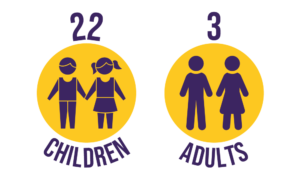
It is expected that the children are able to use the toilet independently and clean themselves also. The children may go to the toilet whenever needed, however it is expected that they will tell the teacher or assistant teacher that they are going to leave the classroom.
Girls
Boys
For more information visit Safa British School Uniform page.
Self-Regulation
Managing Self
Building Relationships
Listening, Attention & Understanding
Speaking
Gross Motor Skills
Fine Motor Skills
Comprehension
Word Reading
Writing
Number
Numerical Patterns
Past & Present
People, Culture & Communities
The Natural World
Creating with Materials
Being Imaginative and Expressive
Reading
Writing
Listening
Speaking
Reading
Writing
Swimming Classes
Dedicated Indoor Play
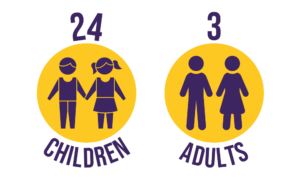
It is expected that the children have more control over their toileting needs. However, if the child needs to go to the toilet during a lesson they must ask for permission from the teacher or assistant but should becoming aware that on occasions they may be asked to wait to see if the need is essential.
Girls
Boys
For more information visit Safa British School Uniform page.
The transition from FS to KS1 takes place throughout term 3. A transition program is used to gradually transition the chilren from FS to KS1 using a range of activities incuding visits to the KS1 central area as well as classrooms and story sessions with the KS1 teachers. Opportunities for a shared snack as well outdoor/ indoor play is planned. During the first term of Year 1, there remains a balance of adult led and child-initiated sessions and the learning environment maintains the appropriate elements of the EYFS curriculum.
Safa British School – Jumeirah | All Rights Reserved © 2022 |